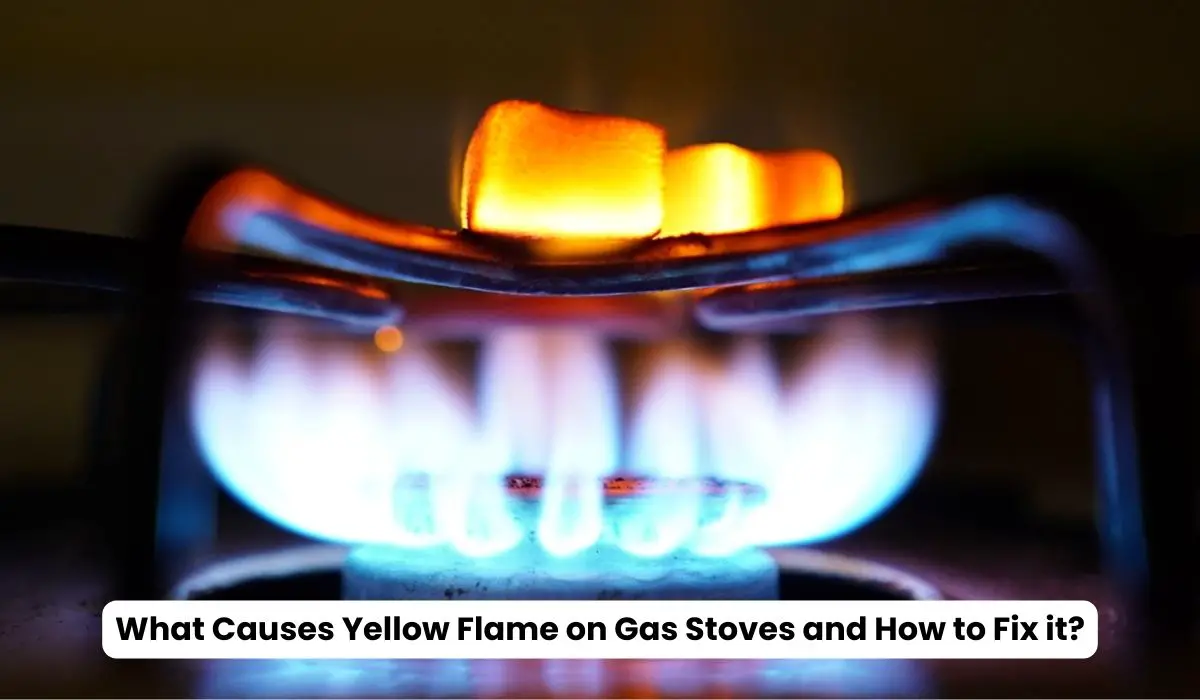Gas stoves are a common and convenient way to cook meals in many households. However, noticing a yellow flame instead of the usual blue flame on your gas stove could indicate a potential issue.
A yellow flame might not only affect your cooking but could also indicate an underlying problem. In this article, we’ll explore what causes yellow flame on gas stoves and provide practical solutions.
Table of Contents
Understanding the Science Behind Gas Flames:
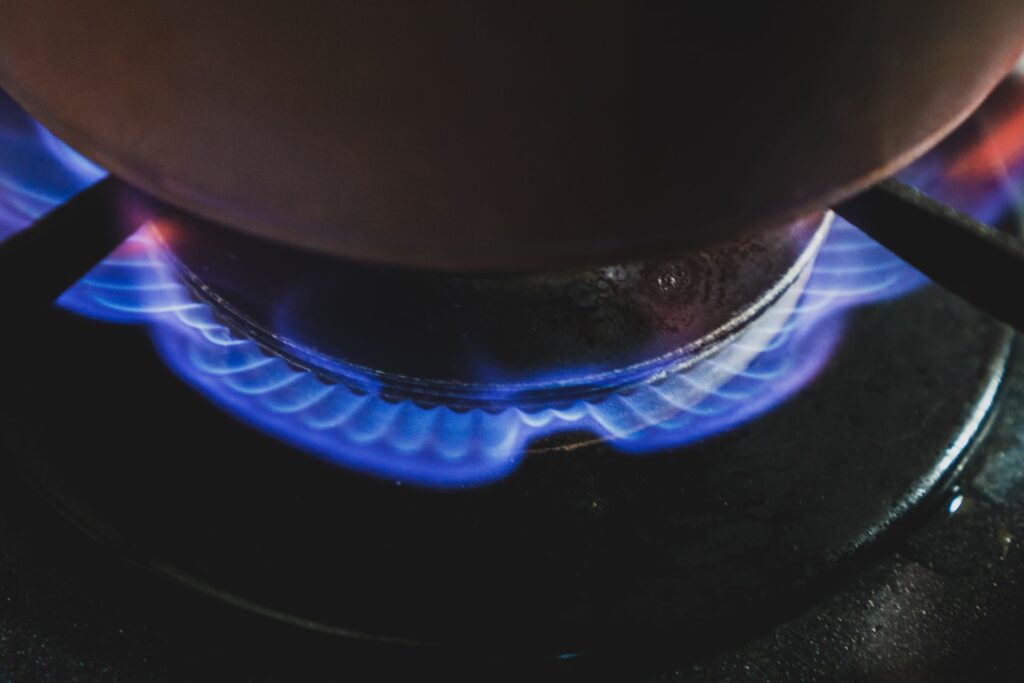
The Ideal Blue Flame:
A blue flame is considered the hallmark of a well-functioning gas stove. This blue colour signifies the complete combustion of the natural gas. When the gas and air mixture is correct, it creates a steady and consistent blue flame.
The Yellow Flame Conundrum:
A yellow flame, on the other hand, can raise concerns. It suggests incomplete combustion due to an improper ratio of gas to air. This can result from various factors, each requiring a different rectification approach.
What Causes Yellow Flame on Gas Stoves and Their Solutions:

1. Air Ventilation Issues
Improper air ventilation around the burners can lead to incomplete combustion. Dust, grease, or debris might be blocking the air vents.
Solution: Regularly clean the surrounding area of the burners, ensuring proper airflow. Use a small brush to clean the air vents without damaging them if necessary.
2. Clogged Burners
Food particles, grease, or carbon accumulation can clog the burner openings, disrupting the gas-air mixture.
Solution: Gently remove the burner caps and clean the openings with warm, soapy water. A fine wire can be used to clear any stubborn clogs.
3. Incorrect Air-to-Gas Ratio
The gas-to-air ratio must sometimes be properly set from the factory or accidentally adjusted over time.
Solution: Locate the air-to-gas ratio adjustment screw and follow the manufacturer’s instructions to recalibrate it properly.
4. Low Gas Pressure
Insufficient gas pressure can lead to incomplete combustion and a yellow flame.
Solution: Check if other gas appliances are working correctly. If you need help, contact your gas supplier. A professional technician might need to adjust the pressure if only the stove is affected.
5. Gas Composition
Impurities in the gas supply can cause variations in flame colour.
Solution: Contact your gas provider to inquire about the gas composition. Using a gas filter can help remove impurities before they reach the burners.
6. Moisture and Humidity
Moisture can mix with the gas and affect combustion, leading to a yellow flame.
Solution: Keep the gas stove area dry and well-ventilated. If moisture is a persistent issue, consider using a dehumidifier nearby.
How to Detect a Gas Leak:
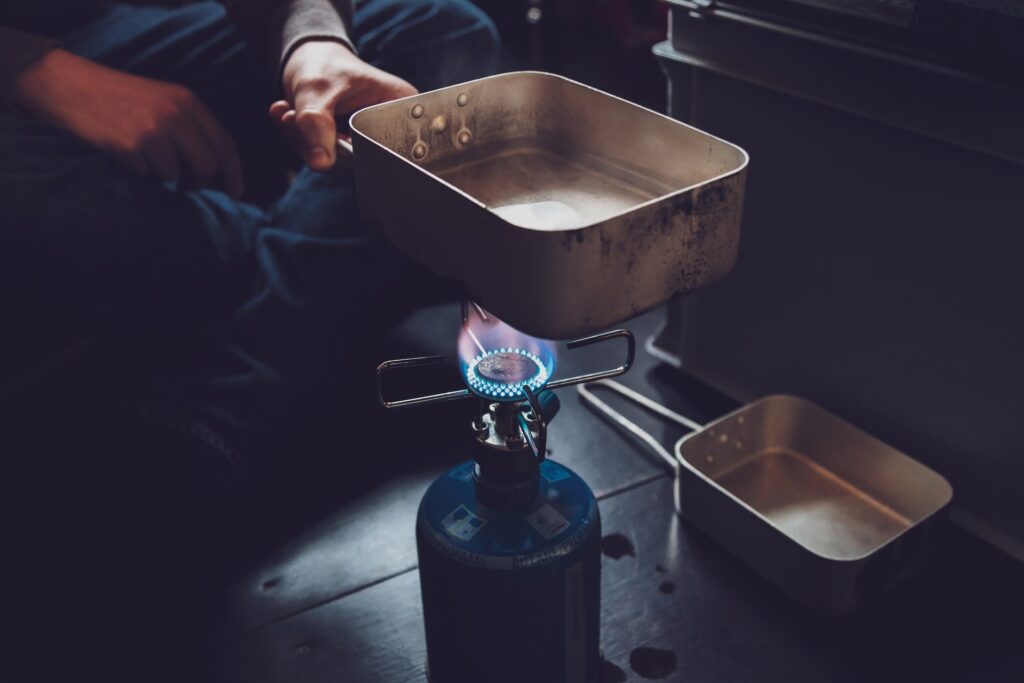
Gas leaks can be potentially hazardous, making it crucial to know how to detect them promptly. Gas, while a convenient energy source, can pose serious risks if not handled carefully. Here’s a guide to help you quickly and effectively detect a gas leak in your surroundings. For detailed instructions on addressing and fixing a gas stove-related issue, refer to our comprehensive article on safely fixing a pilot light on a gas stove.
The Nose Knows: Sniff for Suspicion
One of the easiest ways to notice a gas leak is by using your feel of smell. Natural gas, used in homes, is odourless by itself, but utility companies add a distinct, rotten egg-like odour to make leaks easier to identify. If you catch a whiff of this unmistakable smell, don’t ignore it; take immediate action.
Listen Carefully: Unusual Sounds
Gas leaks can sometimes produce a hissing or whistling sound near the source. If you notice such sounds around your gas appliances, pipes, or meters, it could indicate a leak. Please pay attention to any unfamiliar noises and investigate their source promptly.
Visual Clues: Look for Discoloration
Look for any unusual changes in the area around your gas appliances. Discoloration or blackening of walls, ceilings, or pipes can indicate gas leakage. If you spot such changes, assessing the situation further is essential.
Fluttering Flames: Check Your Gas Appliances
When gas appliances like stoves, ovens, or water heaters function correctly, the flames should be blue. If you notice yellow or orange flames, it might indicate improper combustion due to a gas leak. This discolouration is a potential red flag that requires immediate attention.
Unexplained Health Symptoms: Monitor Your Well-being
Gas leaks can lead to health issues. If you suddenly experience symptoms like headaches, dizziness, nausea, fatigue, or difficulty breathing, and these symptoms seem to improve when you leave your home, it could be a sign of a gas leak. If such symptoms persist, consult a medical professional and check for gas leaks.
Use a Gas Detector: Technological Assistance
Gas detectors are devices designed to sense the presence of gas in the air. Installing these detectors in critical areas of your home, such as near gas appliances or basements, can provide an extra layer of protection. Some detectors even come with audible alarms that alert you to potential leaks.
What to Do When You Detect a Gas Leak:
1. Leave the Area
If you guess a gas leak, immediately evacuate the premises, taking all occupants, including pets.
2. Don’t Use Electronic Devices
Avoid using phones, switches, or electronic devices that could create sparks and ignite gas.
3. Open Windows and Doors
If it’s safe to do so while outside, open windows and doors to help dissipate the gas.
4. Shut Off the Gas
If you’re familiar with your gas supply, turn off the valve. However, only do this if you can safely access the valve from outside.
5. Call for Help
From a safe location, call your gas utility company’s emergency line or 911 to report the leak.
Remember, the key to handling a gas leak is swift action and prioritizing safety. Regular maintenance of gas appliances and being aware of potential signs of leaks can go a long way in ensuring your well-being and the security of your home. Stay vigilant, and if in doubt, don’t hesitate to seek professional assistance.
Is Yellow Flame on Gas Stove Bad?
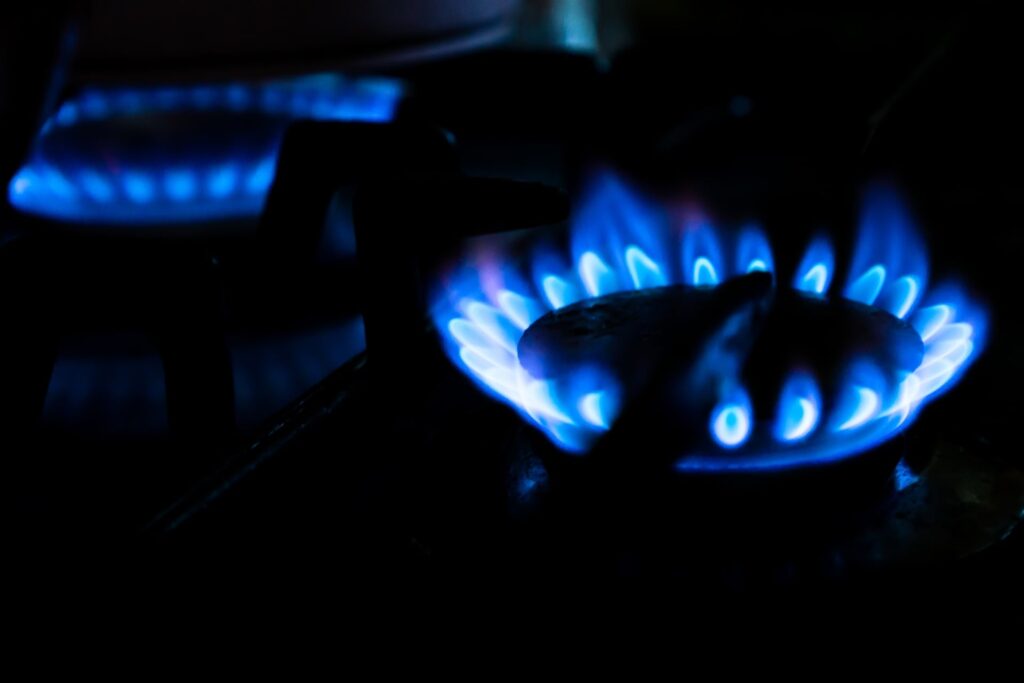
Yes, a yellow flame on a gas stove can cause concern. Unlike the desired blue flame, which signifies efficient combustion, a yellow flame might indicate an issue that requires attention. This could stem from an improper air-to-gas ratio, clogged burners, low gas pressure, or even impurities in the gas line.
While a yellow flame might not immediately pose a danger, it could lead to problems such as uneven heating, inefficient energy usage, and even the production of carbon monoxide, a harmful gas. It’s important to address the root cause of the yellow flame to ensure safe and optimal stove performance.
Is it Safe to Cook with a Yellow Flame?
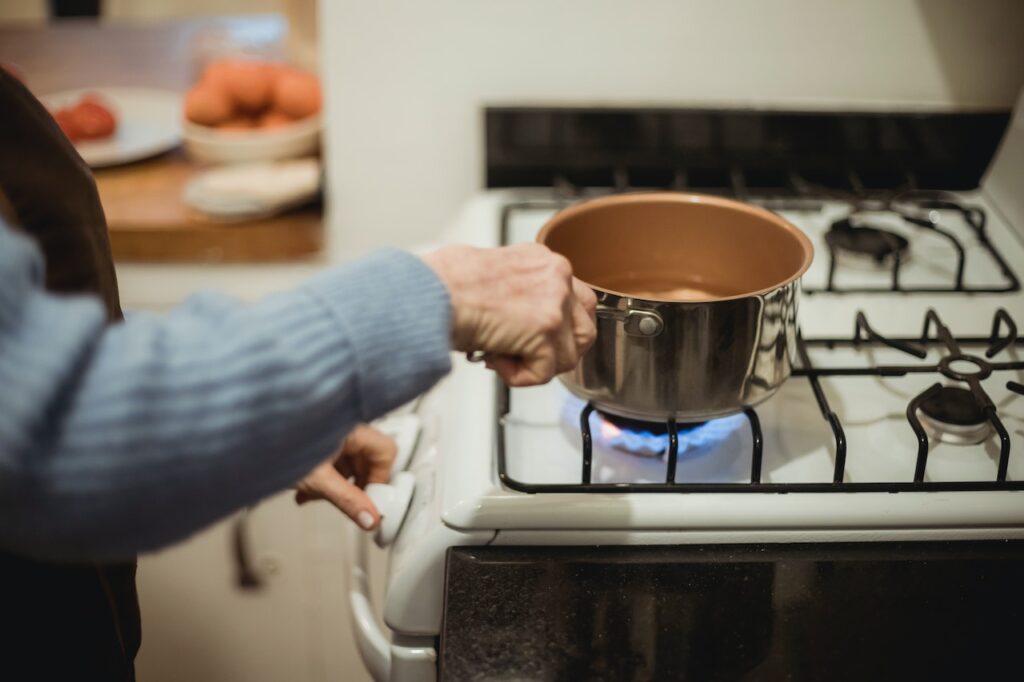
Yes, cooking with a yellow gas stove flame can pose safety risks. A yellow flame indicates incomplete combustion, meaning the gas is not burning efficiently. This can show the production of carbon monoxide, a harmful gas that is both odourless and colourless. While cooking with a yellow flame might not immediately result in noticeable harm, prolonged exposure can lead to health issues.
Additionally, the uneven heat distribution from a yellow flame can affect the cooking process and results. It’s advisable to address the underlying cause of the yellow love and ensure that your gas stove functions with a proper blue flame for safer and more effective cooking experiences.
Conclusion:
At the end of this article, you’ve gained valuable insights into the perplexing world of yellow flames on gas stoves. Remember, yellow love is not something to be brushed aside. It’s a signal that warrants your attention. By understanding the potential causes, from an improper air-to-gas ratio to clogged burners, you’re better equipped to diagnose the issue.
Swift action is critical – whether it’s cleaning burners, adjusting ratios, or seeking professional assistance, taking the proper steps can restore the comforting blue flame that ensures both efficient cooking and safety. Prioritize regular maintenance, stay vigilant for any signs of a yellow flame, and enjoy your culinary adventures with the peace of mind that comes from a well-functioning gas stove. Your safety and culinary success go hand in hand and now you have the knowledge to make it happen.
Can a yellow flame be dangerous?
Yes, a yellow flame might produce higher levels of carbon monoxide, which can be harmful. It’s essential to address the issue promptly.
Why does the flame on my stove sometimes turn orange?
An orange flame could indicate incomplete combustion. Check for burner cleanliness and proper gas pressure.
Should I replace my stove if the yellow flame persists?
Before considering a replacement, try cleaning, maintenance, and professional assessment to address the issue.
How often should I clean my gas stove burners?
Cleaning burners every few months or when you notice buildup can help maintain proper combustion.
